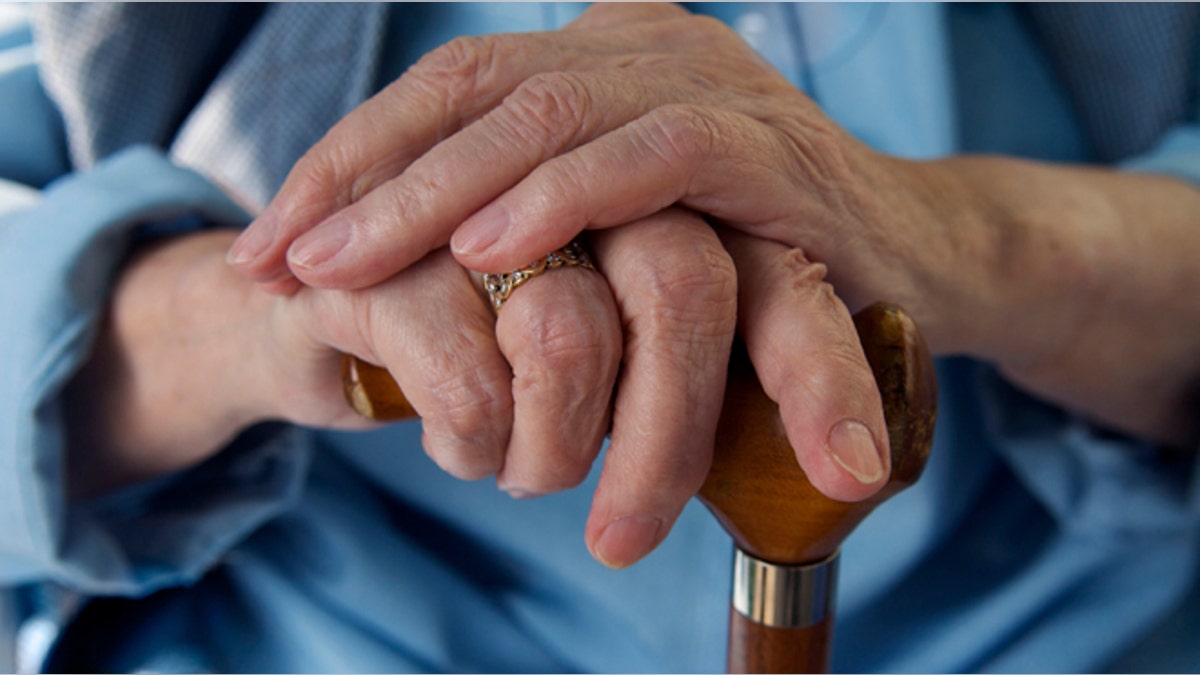
Since the late 1990s, almost 30 percent more adults age 65 and older are likely to say they have had a recent fall, according to a new study.
The rise – from 28 percent of seniors reporting a fall in 1998, to 36 percent in 2010 – may be due in part to increased awareness of fall risks, but it is not just a result of the population aging, study authors say.
“Initially, I presumed our findings would just be due to the fact the older adult population itself is aging and there are more 80 and 90 year-olds, but when we looked at the data closely, it turned out there was increased self-reporting of falls across all ages,” said Dr. Christine Cigolle at the University of Michigan Medical School in Ann Arbor, who led the study.
“So we looked at individual ages - 65, 66, 67, etcetera, and there was an increase in reporting of falls across all ages from about 65 into the late 80s, and in fact it was somewhat more marked in the ‘young old’ versus the ‘oldest old,’” Cigolle told Reuters Health in an interview.
Falling is the most common cause of injury among older adults, and other research also shows that about one of every three older Americans falls each year, Cigolle and her colleagues write in JAMA Internal Medicine.
For their study, Cigolle's team analyzed data from the Health and Retirement Study, a large survey of middle-aged and older Americans conducted every two years. The researchers looked at surveys done from 1998 to 2010 and tallied participants’ reports of having fallen at any time in the period between surveys.
In the 1998 survey, 28.2 percent of seniors reported a fall in the past two years. That percentage steadily rose until 2010, when 36 percent reported a fall. But the increase was almost exclusively among seniors younger than 85, the authors note.
Cigolle noted that the findings were not influenced by gender, income, specific diseases or disability. “This increased self-reporting of falls was fairly pervasive across all categories, we didn’t find an easy answer to explain why older adults are saying they're falling more,” she said.
“It could be that older adults are more aware of falling,” Cigolle said. “There have been different awareness campaigns and interventions to make older adults aware so it may be in part due to better self-reporting on the part of older adults.”
It could also be that older adults are engaging in riskier behaviors than in the past and participating in activities that make it more likely for them to fall, she added.
A third possibility is that aggressive medical management of conditions and diseases such as hypertension and heart disease may be contributing to fall risk, Cigolle said.
“Physicians can be pretty aggressive with medications and certainly there are many medications that can affect different aspects of mobility and we know can lead to increased falling,” she said.
“What it really was saying was that universally, patients that are 65 to 89 years old are really at a higher risk for falls,” said Dr. Jessica Zwerling, a neurologist at Montefiore Medical Center in New York.
“Most of us really have the idea that it’s only the oldest old that will fall, but actually in this study it was the opposite, that it’s universal to no age, no demographic and no disease correlates, so it’s a very important study,” said Zwerling, who is assistant director of the Einstein Center for the Aging Brain and was not involved in the new study.
Zwerling said the study emphasizes the importance of identifying patients who may be at a risk for falling at an earlier age, in order to prevent falls.
It’s also important to get checked by a doctor after you’ve fallen, she said. “As we get older the brain can get smaller, so the bridging veins can have small bleeds and patients may need to be screened cognitively with an examination as well as imaging to look for subtle chronic subdural hematomas that can interfere with walking and cognition and cause chronic complaints,” she said.
Zwerling noted that after falling, patients may develop a fear of falling again, and that fear actually becomes a risk factor for future falls.
She added that it’s important to think about safety, such as making sure areas are well lit, using higher toilet seats and identifying other risk factors around the home.
Cigolle also encouraged older adults and their families to be aware of things about the environment that could lead to falls, slips and trips, such as throw rugs and furniture that might block walking pathways. She also suggests speaking with physicians about any medications that might increase the older person’s risk of falling.
